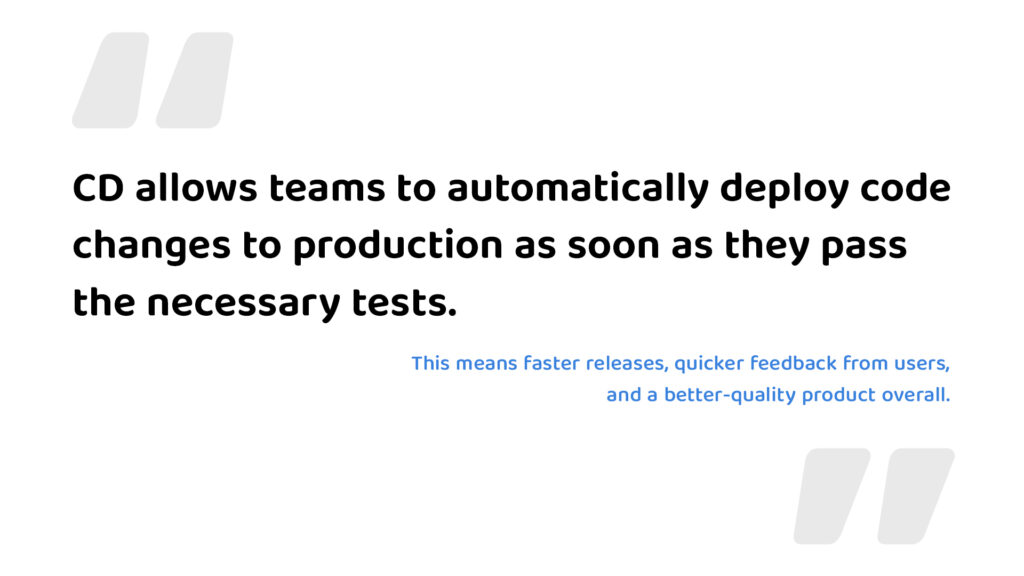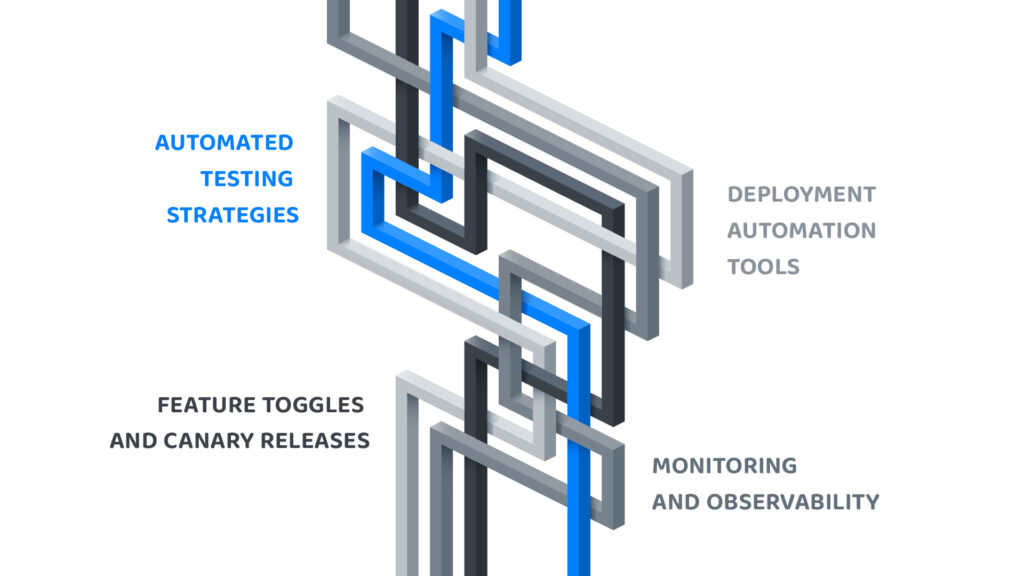Faster, Safer Releases: Streamline Deployments

In the fast-paced world of software development, delivering new features and updates quickly and safely is very important. Continuous Deployment (CD) is a key practice in DevOps that helps achieve this goal.

However, setting up and maintaining an effective CD pipeline can be challenging. Issues like unreliable tests, deployment failures, and complex rollback processes can slow down the release cycle and reduce confidence in the system. To overcome these challenges, it is essential to optimize CD pipeline.
We explored the best practices for optimizing Continuous Deployment pipelines. By following these practices, organizations can achieve faster and safer releases, improving both productivity and product quality.
The Importance of Continuous Deployment
Continuous Deployment (CD) is a practice in DevOps where code changes are automatically deployed to production after passing automated tests. This practice is crucial for several reasons. First, it allows for faster release cycles, meaning new features and fixes reach users more quickly. Second, it provides immediate feedback, helping developers to detect and fix issues sooner. Lastly, it ensures a high level of product quality, as code is continuously tested and deployed in small, manageable increments.
According to Puppet’s 2021 State of DevOps Report, organizations that have adopted DevOps practices release software 208 times more frequently and recover from incidents 106 times faster than those that have not.
Of course, implementing and maintaining a CD pipeline comes with its own set of challenges. One common issue is flaky tests, which are tests that sometimes pass and sometimes fail without any changes to the code. This can cause unnecessary delays and reduce trust in the pipeline. Another challenge is deployment failures, which can occur due to various reasons such as environment differences or configuration issues. Rollback processes can also be complex and time-consuming, making it difficult to recover quickly from failed deployments.
Best Practices for Optimizing CD Pipelines

Automated Testing Strategies
Automated testing is crucial for a successful CD pipeline. It is important to have comprehensive test coverage, including unit tests, integration tests, and end-to-end tests. Unit tests verify individual components, integration tests check how different components work together, and end-to-end tests ensure that the entire application functions as expected. By covering all these areas, teams can catch issues early and ensure that only high-quality code is deployed to production.
Deployment Automation Tools
Choosing the right deployment automation tools can greatly enhance the efficiency of a CD pipeline. Popular tools like Jenkins, GitLab CI/CD, and CircleCI provide powerful features for automating the deployment process. When selecting a tool, it is important to consider factors such as ease of use, integration with existing systems, and scalability. A good tool should allow for easy setup, smooth integration, and the ability to handle growing project needs.
The DORA (DevOps Research and Assessment) report shows that high-performing DevOps teams deploy code 46 times more often and are 5 times less likely to experience deployment failures. This highlights the importance of using the right tools and practices to achieve high performance in CD.
Feature Toggles and Canary Releases
Feature toggles and canary releases are techniques that help deploy new features safely. Feature toggles allow teams to enable or disable features without deploying new code. This makes it possible to release features to a small group of users and gradually roll them out to everyone. Canary releases involve deploying new features to a small subset of users before a full rollout. Both techniques help identify and resolve issues early, minimizing the impact on users.
Monitoring and Observability
Real-time monitoring and observability are essential for maintaining a healthy CD pipeline. Monitoring tools provide insights into the performance and health of the application, while logging tools help track and analyze system events. By continuously monitoring the system and analyzing logs, teams can detect and address issues quickly, ensuring smooth and reliable deployments.
Rollback and Recovery Strategies
Having effective rollback and recovery strategies is important for handling deployment failures. Rollback mechanisms allow teams to revert to a previous stable state if something goes wrong. This can be achieved through various techniques such as versioning, backup and restore, and blue-green deployments. Quick recovery strategies help minimize downtime and ensure that the system remains stable and reliable.
Conclusion
Optimizing Continuous Deployment pipelines is essential for achieving faster and safer releases in DevOps. By following best practices such as automated testing, using the right deployment tools, implementing feature toggles, monitoring the system, and having effective rollback strategies, organizations can enhance their development and deployment processes. Continuous improvement in these areas leads to better productivity, higher product quality, and greater satisfaction for both developers and users.